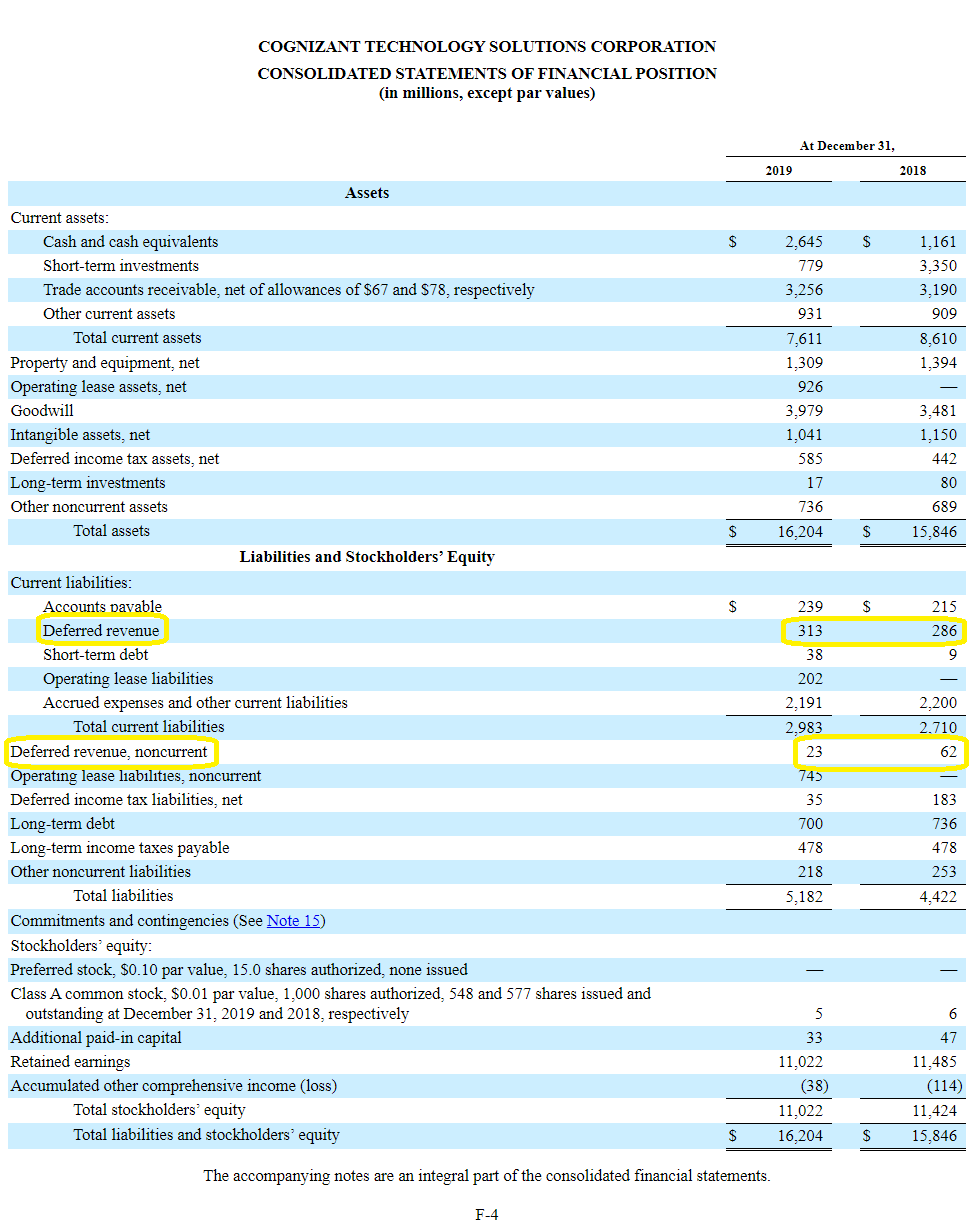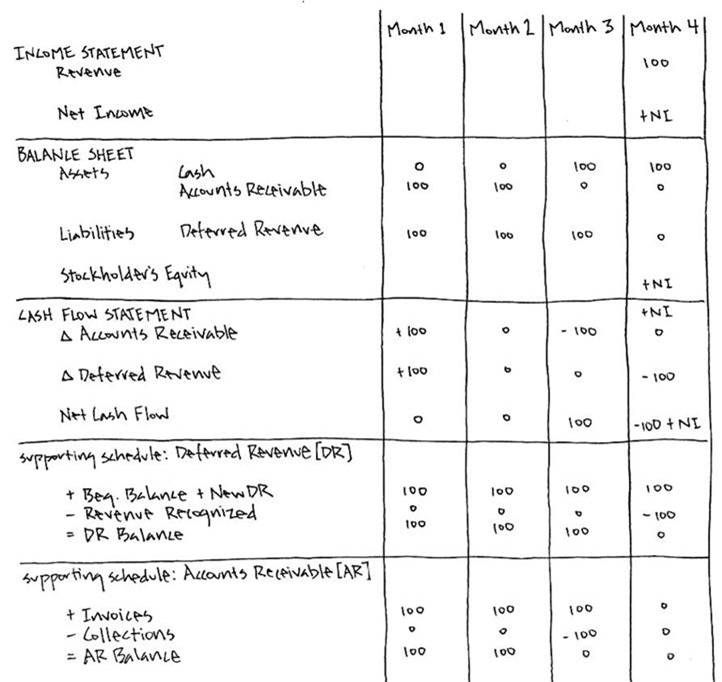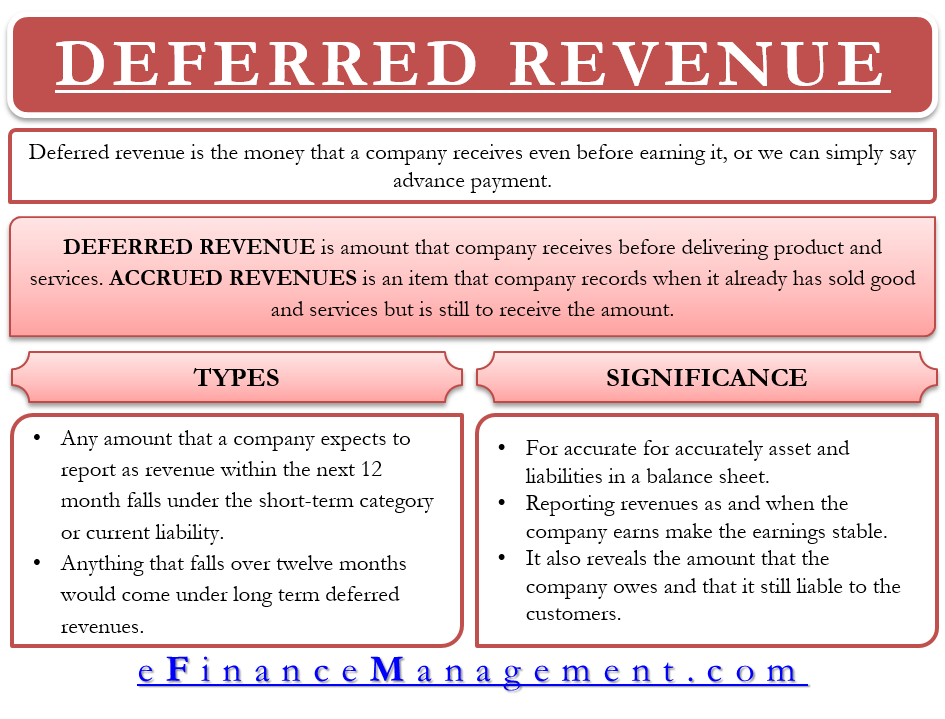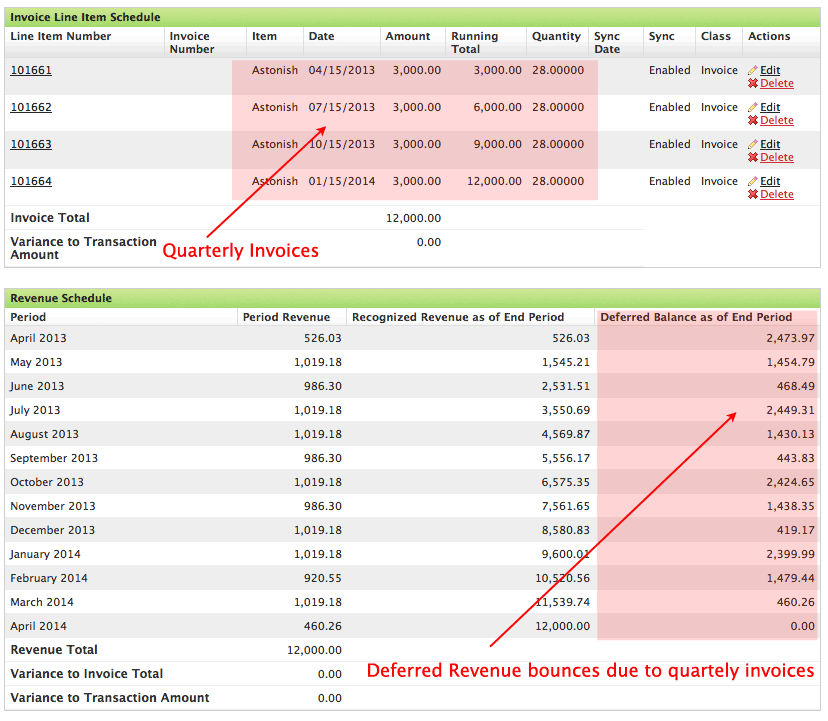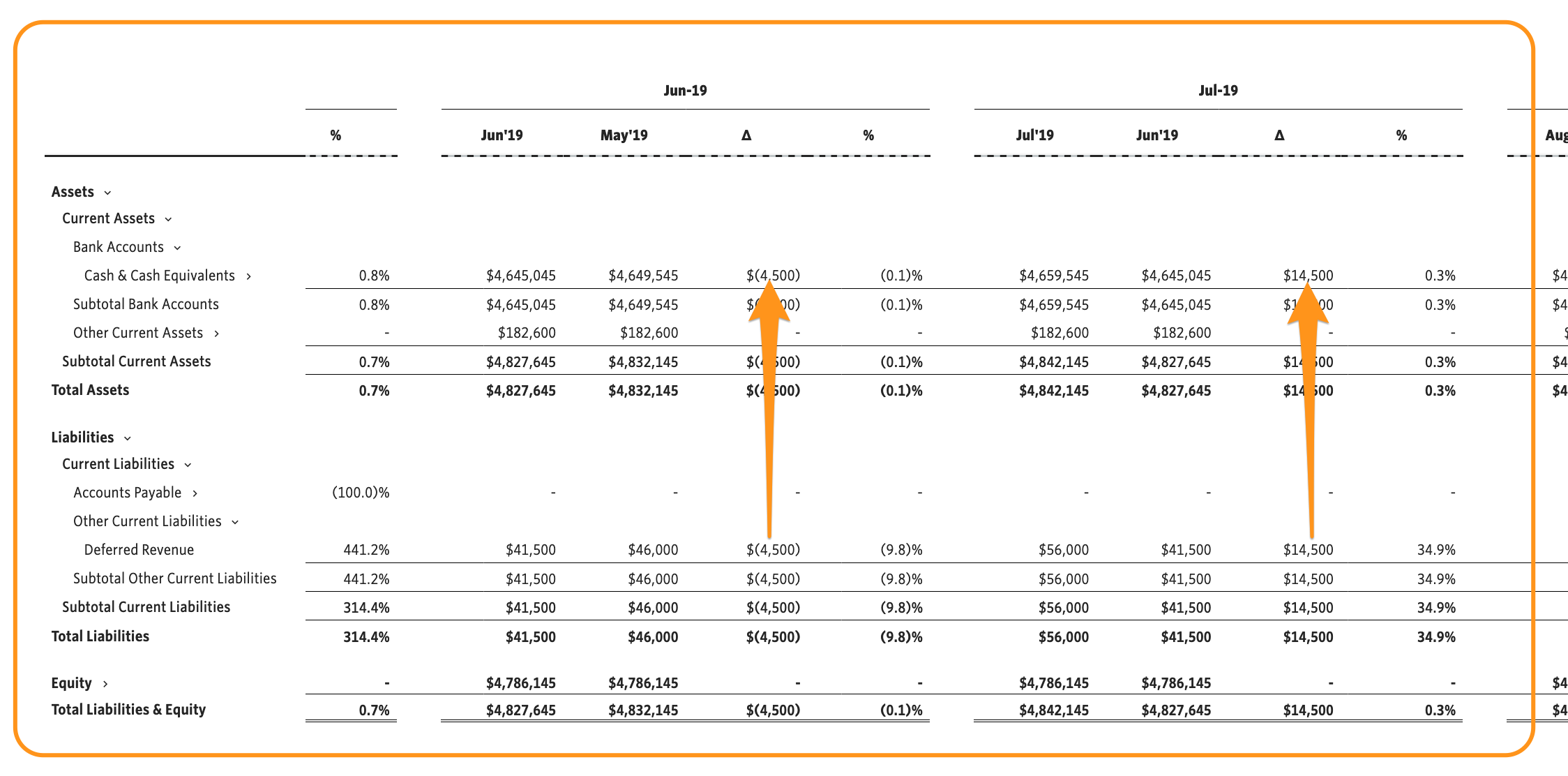What Is Deferred Revenue On A Balance Sheet - Deferred revenue is a concept in accounting that affects how companies recognize income. It represents payments received for. Explore how deferred revenue is classified on the balance sheet and its implications for financial reporting and tax. It can be classified as a long. The deferred revenue account is normally classified as a current liability on the balance sheet. Deferred revenue is recorded as a liability on the balance sheet, since the company has an unmet obligation to the customer until.
It represents payments received for. Explore how deferred revenue is classified on the balance sheet and its implications for financial reporting and tax. Deferred revenue is recorded as a liability on the balance sheet, since the company has an unmet obligation to the customer until. Deferred revenue is a concept in accounting that affects how companies recognize income. The deferred revenue account is normally classified as a current liability on the balance sheet. It can be classified as a long.
It represents payments received for. Deferred revenue is recorded as a liability on the balance sheet, since the company has an unmet obligation to the customer until. The deferred revenue account is normally classified as a current liability on the balance sheet. Explore how deferred revenue is classified on the balance sheet and its implications for financial reporting and tax. Deferred revenue is a concept in accounting that affects how companies recognize income. It can be classified as a long.
Deferred Revenue Balance Sheet Ppt Powerpoint Presentation Visual Aids
It represents payments received for. Deferred revenue is a concept in accounting that affects how companies recognize income. The deferred revenue account is normally classified as a current liability on the balance sheet. Explore how deferred revenue is classified on the balance sheet and its implications for financial reporting and tax. It can be classified as a long.
Deferred Revenue Debit or Credit and its Flow Through the Financials
The deferred revenue account is normally classified as a current liability on the balance sheet. It represents payments received for. Deferred revenue is a concept in accounting that affects how companies recognize income. Explore how deferred revenue is classified on the balance sheet and its implications for financial reporting and tax. It can be classified as a long.
Deferred Revenue AwesomeFinTech Blog
It can be classified as a long. It represents payments received for. Explore how deferred revenue is classified on the balance sheet and its implications for financial reporting and tax. Deferred revenue is recorded as a liability on the balance sheet, since the company has an unmet obligation to the customer until. The deferred revenue account is normally classified as.
Deferred Revenue A Simple Model
Deferred revenue is recorded as a liability on the balance sheet, since the company has an unmet obligation to the customer until. Explore how deferred revenue is classified on the balance sheet and its implications for financial reporting and tax. It can be classified as a long. It represents payments received for. The deferred revenue account is normally classified as.
Deferred Revenue Meaning, Importance And More
Deferred revenue is a concept in accounting that affects how companies recognize income. It can be classified as a long. It represents payments received for. The deferred revenue account is normally classified as a current liability on the balance sheet. Explore how deferred revenue is classified on the balance sheet and its implications for financial reporting and tax.
What is Deferred Revenue? The Ultimate Guide (2022)
Deferred revenue is a concept in accounting that affects how companies recognize income. The deferred revenue account is normally classified as a current liability on the balance sheet. Explore how deferred revenue is classified on the balance sheet and its implications for financial reporting and tax. It represents payments received for. It can be classified as a long.
How To Record SaaS Deferred Revenue? FreeCashFlow.io
The deferred revenue account is normally classified as a current liability on the balance sheet. It can be classified as a long. It represents payments received for. Deferred revenue is a concept in accounting that affects how companies recognize income. Deferred revenue is recorded as a liability on the balance sheet, since the company has an unmet obligation to the.
What is Deferred Revenue in a SaaS Business? SaaSOptics
Explore how deferred revenue is classified on the balance sheet and its implications for financial reporting and tax. The deferred revenue account is normally classified as a current liability on the balance sheet. It represents payments received for. Deferred revenue is recorded as a liability on the balance sheet, since the company has an unmet obligation to the customer until..
What Is Deferred Revenue? Complete Guide Pareto Labs
The deferred revenue account is normally classified as a current liability on the balance sheet. Deferred revenue is recorded as a liability on the balance sheet, since the company has an unmet obligation to the customer until. Explore how deferred revenue is classified on the balance sheet and its implications for financial reporting and tax. It can be classified as.
Simple Deferred Revenue with Jirav Pro
It can be classified as a long. The deferred revenue account is normally classified as a current liability on the balance sheet. Deferred revenue is a concept in accounting that affects how companies recognize income. It represents payments received for. Explore how deferred revenue is classified on the balance sheet and its implications for financial reporting and tax.
It Can Be Classified As A Long.
Deferred revenue is a concept in accounting that affects how companies recognize income. Deferred revenue is recorded as a liability on the balance sheet, since the company has an unmet obligation to the customer until. Explore how deferred revenue is classified on the balance sheet and its implications for financial reporting and tax. It represents payments received for.

